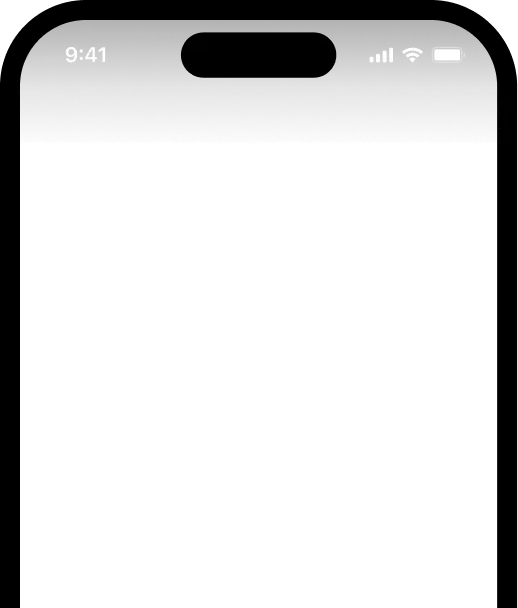
Wind Direction: Definition, Examples, and Importance in Weather Forecasting
February 27, 2025
Wind Direction
Wind direction is a crucial concept in maritime navigation, referring to the direction from which the wind originates. For sailors, understanding wind direction is essential for effective navigation and safety at sea. It is typically expressed in terms of the cardinal directions (North, South, East, West) or in degrees, with 0° indicating a wind coming from the north, 90° from the east, 180° from the south, and 270° from the west.
Accurate knowledge of wind direction helps sailors determine the best course to set, optimize sailing speed, and ensure the safety of the vessel. It also plays a significant role in weather forecasting and planning maritime operations. Instruments such as wind vanes and anemometers are commonly used on ships to measure wind direction and speed.
In addition to navigation, wind direction affects various maritime activities, including fishing, racing, and docking. Understanding local wind patterns can provide insights into potential weather changes, helping sailors anticipate and prepare for adverse conditions.
Overall, wind direction is a fundamental aspect of maritime operations, influencing decision-making and strategy on the water.
Understanding Wind Direction in Maritime Context
Wind direction is a crucial factor in maritime navigation, affecting everything from sailing routes to safety measures. In maritime terms, wind direction is defined by the direction from which the wind originates. For example, a northerly wind blows from the north to the south.
Key Maritime Terms Related to Wind Direction
- Windward: This term refers to the direction from which the wind is coming. A windward vessel is one that is upwind of another vessel.
- Leeward: The opposite of windward, leeward refers to the direction away from the wind. A leeward vessel is downwind of another vessel.
People Also Ask
What is the nautical term for wind direction?
In nautical terms, wind direction is often described using the terms "windward" and "leeward." These terms not only describe the wind's direction but also the boat's position relative to that wind. If the wind is blowing from the side of the boat towards the front, it is said to be "windward." Conversely, if the wind is blowing from the side of the boat towards the back, it is "leeward."
What is the rule for wind direction?
Wind direction is typically reported by the compass point from which the wind is blowing. For instance, a north wind is one that blows from the north towards the south. In maritime navigation, understanding this rule is essential for plotting courses and ensuring safe passage.
How do you read wind direction on a ship?
On a ship, wind direction can be determined using various indicators such as wind vanes or electronic instruments. Sailors often use visual cues like ribbons or streamers attached to the rigging, which flutter in the wind, providing a clear indication of both direction and intensity.
Understanding wind direction is vital for maritime operations, influencing everything from navigation to safety protocols. By mastering the concepts of windward and leeward, sailors can better manage their vessels and ensure smoother voyages.




